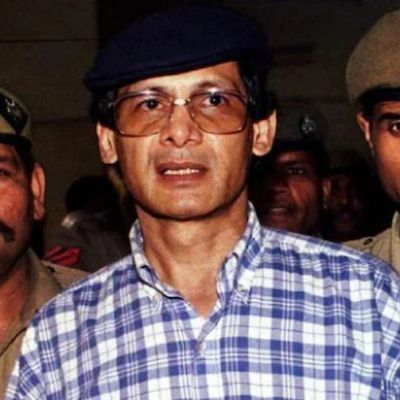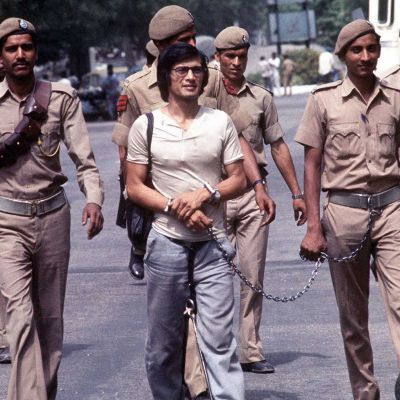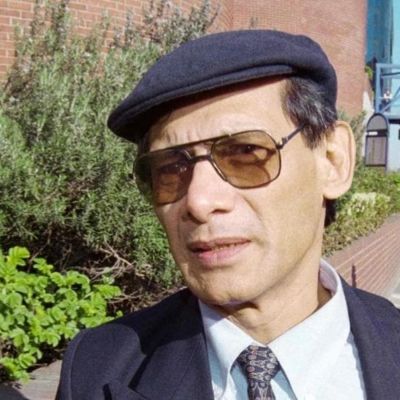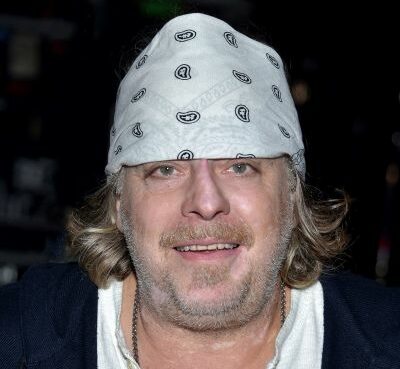After almost two decades in jail in Nepal, a French citizen and convicted serial murderer Charles Sobhraj returned to France on Saturday. He was imprisoned for 19 years for the 1975 killings of two persons. The Frenchman, who was born to an Indian father and a Vietnamese mother, has been linked to the murders of at least 20 western tourists on Asia’s “hippie trail” between 1972 and 1982. He was freed from jail by Nepal’s Supreme Court owing to his good conduct and declining health. According to the court, Charles Sobhraj has a cardiac condition that will need open-heart surgery.
According to AFP, the decision stated:
“Keeping him in jail indefinitely violates the prisoner’s human rights.”
Sobhraj was accused in 1975 of the murder of an American hiker named Connie Jo Bronzich in Nepal. Years later, he was found guilty of murdering Bronzich’s Canadian companion, Laurent Carriere, and sentenced to 20 years in prison. Aside from Nepal, Charles Sobhraj was accused of murdering six women in Thailand in the 1970s and was imprisoned in India for decades for allegedly poisoning a group of French tourists in New Delhi. For the next 10 years, the 78-year-old will be forbidden from entering Nepal. It is unknown if he will face prosecution in France.
French serial killer Charles Sobhraj has been released from prison in Nepal after serving 19 years behind bars.
We look at who he is and why he’s known as ‘The Serpent’ ⤵️ pic.twitter.com/6kS6dcF31z
— Al Jazeera English (@AJEnglish) December 23, 2022
Who Is Charles Sobhraj?
Charles Sobhraj is a French serial murderer also known by monikers, such as the “Bikini Killer”, “The Splitting Killer”, and “The Serpent”. He mostly targeted western visitors while operating across Southeast Asia in the 1970s. Sobhraj has consistently shown psychopathic tendencies and is suspected of robbing and murdering to support his expensive and adventurous lifestyle. He generated great acclaim even in the early phases of his criminal career and established a tiny cult around himself because of his brilliance and sophisticated manner. He has been charged with at least a dozen killings as well as countless other offenses such as identity theft, robbery, and drugging. He was ultimately charged with murder in India in 1976. He spent the remaining 21 years of his life in New Delhi’s Tihar Jail. He was freed in 1997 and afterward retired in France, where he resumed his famous lifestyle. When he returned to Nepal in 2003, he was apprehended once again by the authorities. He was tried and condemned to life in prison by the court. Sobhraj has emerged as a fascinating character in the history of crime. His life has been the subject of at least four books and three documentaries.

Charles Sobhraj intends to sue the Nepal government, claiming that he was wrongly convicted.
After serving 19 years in prison in Nepal, Charles Sobhraj was released and returned to his native country. The convicted murderer, known as ‘The Serpent,’ insists that he did not murder Bronzich or her companion. Isabelle Coutant-Peyre, his lawyer, told Reuters:
“He’s OK, he’s a free guy…He intends to make a legal complaint against Nepal since the whole evidence against him was made up.”
Sobhraj, who had been confined in a maximum-security jail until his release, told the French news agency AFP that the case against him was based on falsified papers. He went on to say:
“I have a lot of work to do. I’m going to have to sue a lot of individuals.”

According to reports, the French assassin was suspected of conducting atrocities in France, Greece, Turkey, Iran, Afghanistan, Pakistan, Nepal, India, Thailand, and Malaysia. Charles Sobhraj was detained in Nepal in 2003 when a reporter saw him at a Kathmandu casino. His ability to elude local and national law enforcement organizations earned him the moniker ‘The Serpent.’
Charles Sobhraj has been arrested many times for vehicle theft and robbery, according to Murderpedia. His first victim was Habib, a Pakistani driver hired by Sobhraj to take him and a lady from Rawalpindi to Peshawar. He got involved in the heroin trade in India, and his list of victims seems to have grown since then.




